Chemistry 11
View the complete Learning Outcomes for this course: Chemistry 11
It is recommended that students complete Science 10 or equivalent with a good foundation in mathematics.
Chemistry 11 has been developed to promote the acquisition of knowledge and the learning of problem solving skills as related to core chemistry concepts. This course emphasizes the application of chemistry in everyday life, including skills required in the workplace, while promoting positive attitudes towards science.
Chemistry 11 course is organized into eight units. Each unit consists of several lessons, and has a learning guide, project, and exam. The unit exams are not supervised. There are two supervised tests: a midterm and a final.
Unit 1 – Introduction to Chemistry
Unit 2 – Atomic Theory
Unit 3 – Naming Compounds
Unit 4 – The Mole Concept
Midterm Exam
Unit 5 – Percent Composition, Empirical and Molecular Formula
Unit 6 – Chemical Reactions
Unit 7 – Solution Chemistry
Unit 8 – Organic Chemistry
Final Exam
Assessment:
-
- Learning Guides (8 in total) 10%
- Projects (8 in total) 15%
- Quizzes (9 in total) 5%
- Unit Exams (8 in total) 20%
- Midterm Exam 20%
- Final Exam 30%
Required Resources: A computer with internet access and a scientific calculator.

